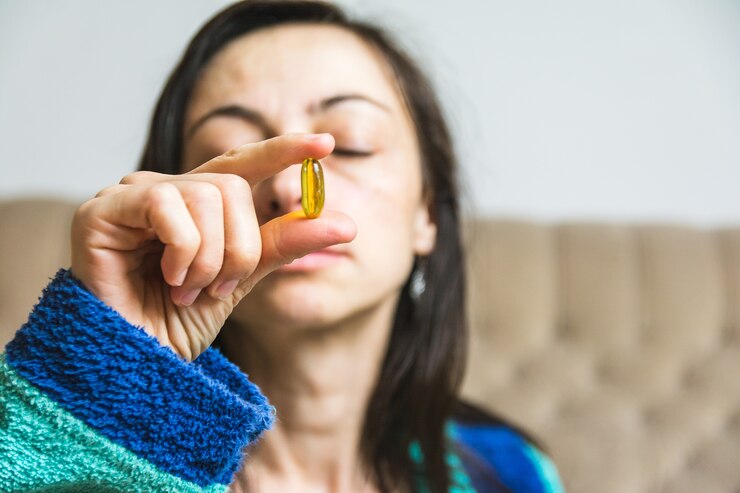
1. **CBD Explained: The Rise of a Wellness Trend**
2. **How CBD Captured the Spotlight in Modern Health**
3. **The CBD Boom: What It Is and Why Everyone’s Talking About It**
4. **From Obscure to Mainstream: The Journey of CBD**
5. **CBD in Focus: Understanding Its Surge in Popularity**
Let me know if you’d like the tone to be more formal, playful, or tailored to a specific audience.
The cannabis industry is growing rapidly, and a big reason for that is the shift in how people view cannabis. For a long time, it was heavily criticized and criminalized, but now, more and more Americans support its legalization. As public opinion has evolved, so has the industry itself.
These days, you can find legal dispensaries offering a wide range of products, from CBD oils to THC vape pens. And with more states legalizing cannabis every year, the market is only expected to expand. Some states are taking it slow—starting with medical marijuana before moving to recreational use. For instance, in West Virginia, you need a medical marijuana card to legally use cannabis.
If you’re like most people, you might be a bit confused about what CBD actually is, what it does, or why it’s become so popular. CBD, short for cannabidiol, is a compound found in the cannabis plant. If you’re curious about trying it or just want to understand the different ways to use it, this guide is here to help.
Let’s start with the basics. Many people mix up CBD with cannabis in general, or even with THC, the compound that gets you high. But CBD is just one of over a hundred cannabinoids found in the plant, and it’s the second most active one after THC. While they’re similar in structure, they work very differently in the body.
One of the biggest differences is that CBD doesn’t make you feel high. It’s still considered psychoactive, but not in the same way as THC. To understand this better, it helps to look at how each one interacts with your brain and body.
CBD boosts the levels of a natural chemical in your body called anandamide, which helps improve mood and pain tolerance. THC, on the other hand, mimics anandamide and binds tightly to certain receptors in the brain, which leads to a more intense emotional response and that well-known high.
So, what are the actual benefits of CBD? That’s a great question, especially since it’s only recently that the medical field has started to recommend it for certain conditions. While it’s not a miracle cure, CBD does offer some helpful short-term benefits.
For example, it’s been shown to help with symptoms of anxiety and depression. Some studies have found that people who take CBD before public speaking feel less anxious than those who don’t. It’s also been used to manage chronic pain and has shown promise in reducing seizures in people with rare forms of epilepsy.
Finally, if you’re wondering how to take CBD, the good news is that there are plenty of options. It really comes down to what works best for you. If you’re looking for something quick and easy, a vape might be the way to go—especially if you just need a little help falling asleep. If you want longer-lasting effects, edibles could be a better fit. Just make sure to read up on how strong each method is so you can choose the one that suits your needs.